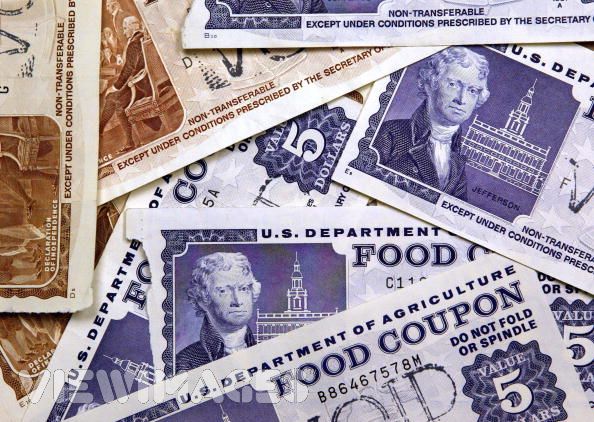Food Stamps Program

Food Stamps Program
The United States Supplemental Nutrition Assistance Program (SNAP), historically and commonly known as the Food Stamp Program, is a federal-assistance program that provides assistance to low- and no-income people living in the U.S. Benefits are distributed by the individual U.S. states, but the program is administered through the U.S.Department of Agriculture. Most food-stamp benefits are now distributed using cards but for most of its history the program had actually used paper denominational stamps/coupons worth US$1, US$5, and US$10. These stamps could be used to purchase any prepackaged edible foods regardless of nutritional value (for example soft drinks and confectionery could be purchased on food stamps). In the late 1990s, the food-stamp program was revamped and actual stamps were phased out in favor of a specialized debit-card system known as Electronic Benefit Transfer (EBT) provided by private contractors. Many states merged the use of the EBT card for public-assistance welfare programs as well. The successful replacement over time of all paper food stamps by EBT cards enabled the U.S. Congress to rename the Food Stamp Program to the Supplemental Nutrition Assistance Program, as of October 2008, and to update all references in federal law from "stamp" or "coupon" to "card" or "EBT". This was effectuated on June 18, 2008, by U.S. House Resolution 6124, The Food, Conservation, and Energy Act of 2008 (a/k/a "2008 Farm Bill") enacted as Public Law No: 110-246, over U.S. President George W. Bush's veto.
The number of Americans receiving food stamps reached 31.5 million in September 2008 (10.3% of the total U.S. population), the highest absolute number since the program began in 1962; but the highest ratio was reached in 1994 with 10.5% of the American population. Recipients must have near-poverty incomes to qualify for benefits.
Source: Wikipedia


Comments
Post a Comment
Dear Value Stamps Enthusiast,
Please feel free to give your comment. Thanks.